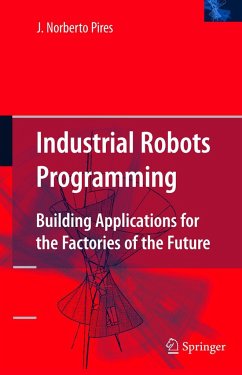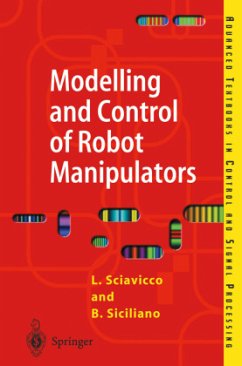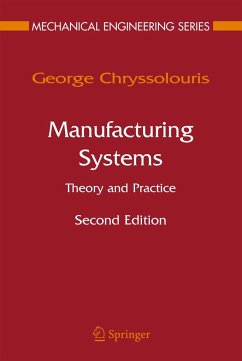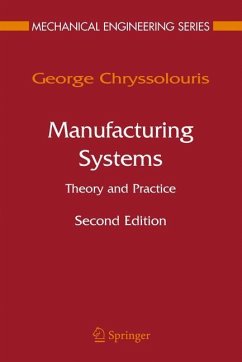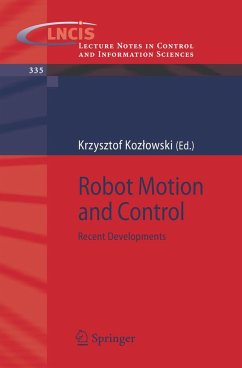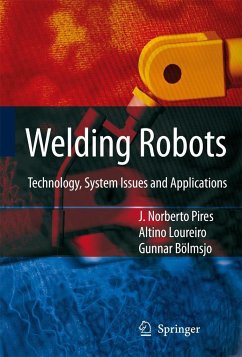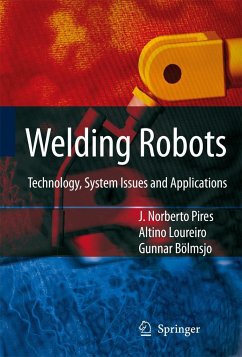
Industrial Robots Programming
Building Applications for the Factories of the Future
Versandkostenfrei!
Versandfertig in 6-10 Tagen
71,99 €
inkl. MwSt.
Weitere Ausgaben:

PAYBACK Punkte
36 °P sammeln!
Industrial Robots Programming focuses on designing and building robotic manufacturing cells, and explores the capabilities of today's industrial equipment as well as the latest computer and software technologies. Special attention is given to the input devices and systems that create efficient human-machine interfaces, and how they help non-technical personnel perform necessary programming, control, and supervision tasks.Drawing upon years of practical experience and using numerous examples and illustrative applications, J. Norberto Pires covers robotics programming as it applies to:The curren...
Industrial Robots Programming focuses on designing and building robotic manufacturing cells, and explores the capabilities of today's industrial equipment as well as the latest computer and software technologies. Special attention is given to the input devices and systems that create efficient human-machine interfaces, and how they help non-technical personnel perform necessary programming, control, and supervision tasks.
Drawing upon years of practical experience and using numerous examples and illustrative applications, J. Norberto Pires covers robotics programming as it applies to:
The current industrial robotic equipment including manipulators, control systems, and programming environments.
Software interfaces that can be used to develop distributed industrial manufacturing cells and techniques which can be used to build interfaces between robots and computers.
Real-world applications with examples designed and implemented recentlyin the lab.
IndustrialRobots Programming has been selected for indexing by Scopus.
For more information about Industrial Robotics, please find the author's Industrial Robotics collection at the iTunesU University of Coimbra channel.
Drawing upon years of practical experience and using numerous examples and illustrative applications, J. Norberto Pires covers robotics programming as it applies to:
The current industrial robotic equipment including manipulators, control systems, and programming environments.
Software interfaces that can be used to develop distributed industrial manufacturing cells and techniques which can be used to build interfaces between robots and computers.
Real-world applications with examples designed and implemented recentlyin the lab.
IndustrialRobots Programming has been selected for indexing by Scopus.
For more information about Industrial Robotics, please find the author's Industrial Robotics collection at the iTunesU University of Coimbra channel.





